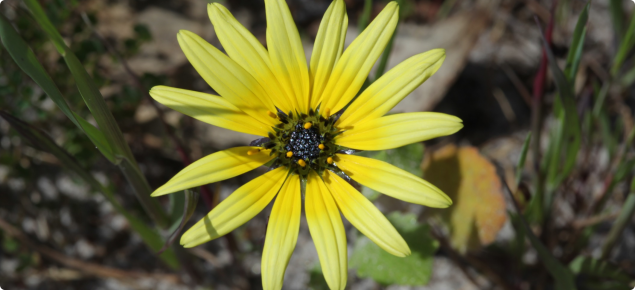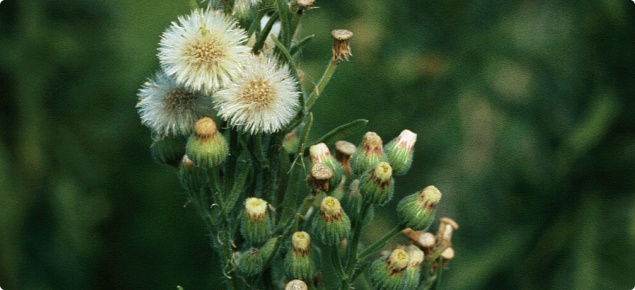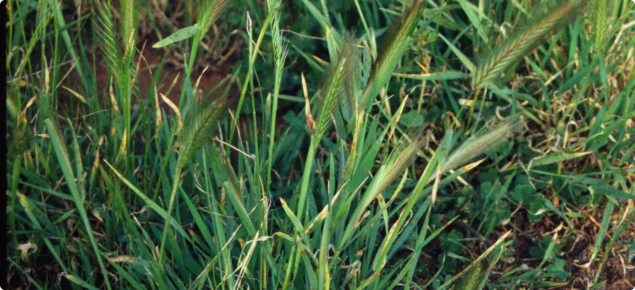Herbicide resistant weed populations are found throughout all cropping areas of Australia from Western Australia to central Queensland. The number of resistant species and areas affected by resistance continue to increase. By understanding the implications and evolutionary processes of herbicide resistance, appropriate weed management strategies can be devised that will minimise the impact and delay the development of further resistance.
Integrated weed management (IWM) is a system for long-term weed management and is particularly useful for managing and minimising herbicide resistance.
An integrated weed management plan should be developed for each paddock or management zone.
In an IWM plan, each target weed is attacked using tactics from several tactic groups (see links below). Each tactic provides a key opportunity for weed control and is dependent on the management objectives and the target weed's stage of growth. Integrating tactic groups reduces weed numbers, stops replenishment of the seedbank and minimises the risk of developing herbicide-resistant weeds.
IWM tactics
- Reduce weed seed numbers in the soil
- Controlling small weeds
- Stop weed seed set
- Reduce weed seed numbers in the soil
- Hygiene - prevent weed seed introduction
- Agronomic practices and crop competition
Successful weed management also relies on the implementation of the best agronomic practices to optimise crop growth. Basic agronomy and fine-tuning of the crop system are the important steps towards weed management.
There are several agronomic practices that improve crop environment and growth, along with the crop's ability to reduce weed competition. These include crop choice and sequence, improving crop competition, planting herbicide tolerant crops, improving pasture competition, using fallow phases and controlled traffic or tramlining.



